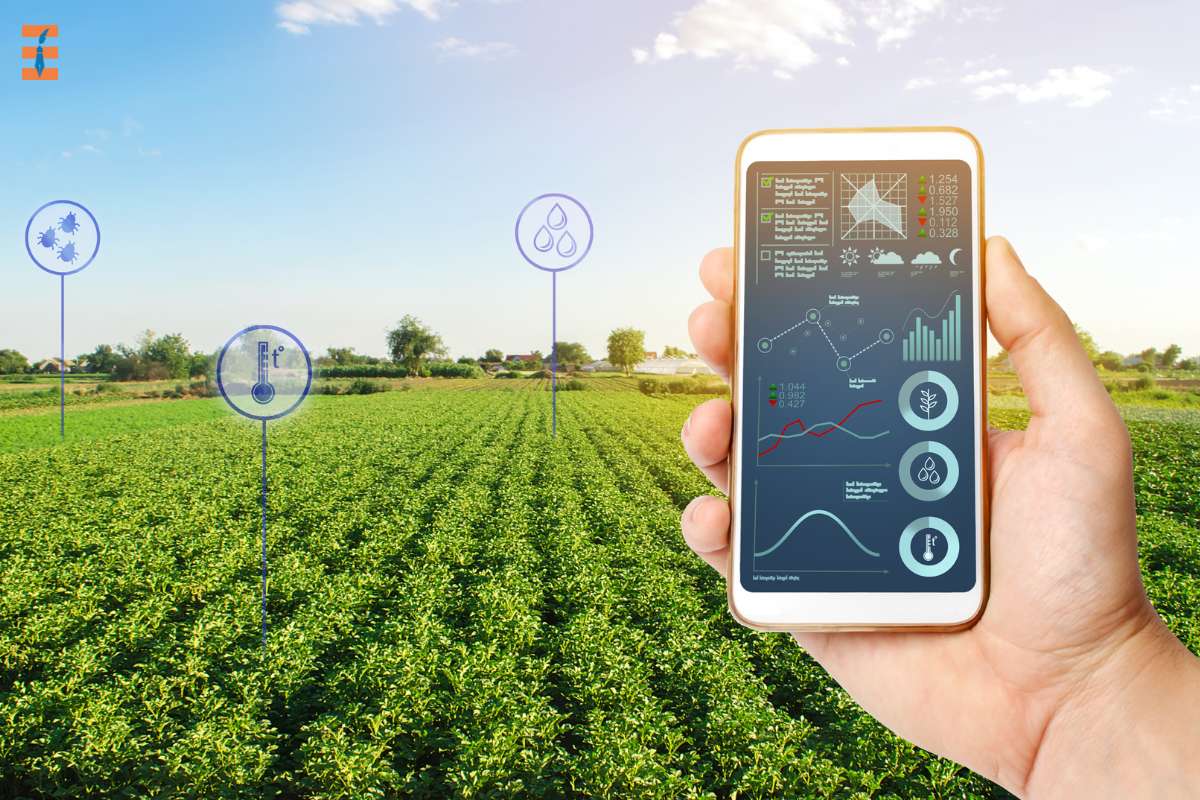In the time of facing consistent fuel crisis in the world, renewable energy sources are harnessing sustainable sources of energy. Wind power, solar energy, hydroelectric power, etc. are the future of the energy industry that are creating new options for non-renewable energy sources like fossil fuels, etc. Hence, you should be aware of the advantages and disadvantages of wind power. Wind power is one of the most environmentally friendly and abundant sources of energy that has captured the imagination of scientists, engineers, and policymakers worldwide. In this article, you will read about the advantages and disadvantages of wind power. Moreover, we will discuss how beneficial it is to use wind power as a dominant energy source in the future.
Here are the advantages of wind power:
As the world grapples with the ever-increasing demand for clean and sustainable energy sources, wind power has emerged as a frontrunner in the race to transition away from fossil fuels. Harnessing the power of the wind offers a multitude of benefits that can shape the future of energy generation. Here are five crucial advantages of wind power that are propelling it to the forefront of the global energy landscape.
1. Renewable and Abundant Resources

One of the most compelling advantages of wind power is that it relies on a renewable resource: the wind itself. Unlike finite fossil fuels, such as coal, oil, and natural gas, wind energy is practically limitless. The Earth’s wind patterns are driven by the sun’s uneven heating of the planet’s surface, making wind a continuously available and abundant resource. This means that wind turbines can generate electricity as long as the wind blows, providing a sustainable and long-term solution to energy needs.
2. Environmentally Friendly and Carbon-Free
Wind power is an inherently clean and environmentally friendly energy source. Unlike conventional fossil fuel power plants, wind turbines produce electricity without emitting harmful greenhouse gases, such as carbon dioxide (CO2) and methane. By harnessing the wind, we can significantly reduce our carbon footprint and mitigate the adverse effects of climate change. Wind power plays a crucial role in helping countries meet their carbon reduction goals and combat global warming.
3. Energy Independence and Security
Wind power enhances energy independence by diversifying the energy mix. Relying less on imported fossil fuels makes nations more self-reliant and resilient to energy price fluctuations and supply disruptions. It reduces dependence on geopolitically unstable regions for energy resources, thereby enhancing energy security. Countries that invest in wind power can bolster their energy independence and protect themselves from the volatility of global energy markets.
4. Job Creation and Economic Growth
The wind energy sector has become a significant driver of economic growth and job creation. The installation, operation, and maintenance of wind farms require a skilled workforce, providing employment opportunities for a wide range of professionals, from engineers and technicians to project managers and construction workers. Furthermore, the growth of the wind industry stimulates local economies, attracting investments, and generating tax revenues for communities. This economic vitality can rejuvenate regions and contribute to long-term prosperity.
5. Scalability and Technological Advancements

Wind power offers scalability, making it suitable for various applications, from small residential wind turbines to massive offshore wind farms. Technological advancements have continually improved the efficiency and reliability of wind turbines, making them more cost-effective and productive. Innovations in materials, design, and energy storage have expanded the potential of wind energy, enabling it to play a more prominent role in the energy mix.
Wind power is poised to fuel the energy needs of the future. Its renewable nature, environmental benefits, energy independence, economic contributions, and adaptability make it a crucial player in the global shift toward sustainable energy sources. As the world seeks to address the challenges of climate change and energy security, harnessing the power of the wind offers a promising solution that can pave the way for a cleaner, greener, and more sustainable energy future.
Here are the disadvantages of wind power:
While wind power offers numerous advantages as a clean and sustainable energy source, it is essential to acknowledge its disadvantages and challenges. Here are some of the key drawbacks associated with using wind power:
1. Intermittency and Variability
The wind is inherently intermittent and variable. Wind turbines generate electricity only when the wind is blowing within a specific speed range. This means that wind power is not a constant energy source and cannot be relied upon for a consistent supply of electricity. Energy storage solutions, such as batteries, are required to address this intermittency issue, which can add to the overall cost of wind power projects.
2. Location Dependence
Wind turbines need to be sited in areas with sufficient and consistent wind speeds to be economically viable. This often requires remote or offshore locations, necessitating the construction of extensive infrastructure to transmit the generated electricity to populated areas. Additionally, not all regions have suitable wind resources, limiting the geographic applicability of wind power.
3. Aesthetic and Environmental Concerns
Wind turbines, especially large-scale installations, can be considered visually intrusive and disrupt the natural landscape. Some people find them unattractive and argue that they negatively impact property values and tourism. Moreover, the installation and operation of wind farms can have environmental consequences, including habitat disruption, bird and bat collisions, and noise pollution.
4. High Initial Costs

While the operational and maintenance costs of wind turbines are relatively low, the upfront capital costs for manufacturing, transportation, and installation are significant. These costs can make wind power projects economically challenging without government incentives or subsidies. However, the decreasing cost of wind turbines and economies of scale are gradually reducing this disadvantage.
5. Land Use
Wind farms require substantial land or sea space to accommodate multiple wind turbines. This can compete with other land uses, such as agriculture or wildlife habitats, raising land-use conflicts. Offshore wind farms can also impact marine ecosystems and activities like fishing and shipping.
6. Grid Integration Challenges
Integrating wind power into existing electricity grids can be complex. Grids must be able to handle the variability of wind power and balance supply with demand. This may require grid upgrades and investments in energy storage solutions, further increasing the overall cost of wind energy.
7. Resource and Materials Use
The production of wind turbines involves the use of materials such as steel, copper, and rare earth elements. The extraction and processing of these materials can have environmental impacts and contribute to resource scarcity concerns.
8. Weather Dependency
Wind power generation is highly dependent on weather conditions. Extreme weather events, such as hurricanes or cyclones, can pose risks to the structural integrity of wind turbines. Additionally, freezing conditions can lead to ice accumulation on turbine blades, reducing efficiency and potentially causing damage.
Conclusion
Though wind power offers several advantages to the user, there are a few difficulties while using it. It fails to address the intermittency and is specific to location, so it cannot be applied to every place you desire. It mitigates environmental concerns and manages the costs associated with the infrastructure of energy. After continued research, technological advancements, and investments in wind power, you can overcome these disadvantages mentioned earlier. We hope you found our article important and understand the various dimensions of wind power. Undoubtedly, it is the best option to deal with the energy crisis and policymakers should understand its importance and start taking action to establish windmills in their state.
Also Read: Top 10 Nuclear Energy-Producing Countries in 2023










